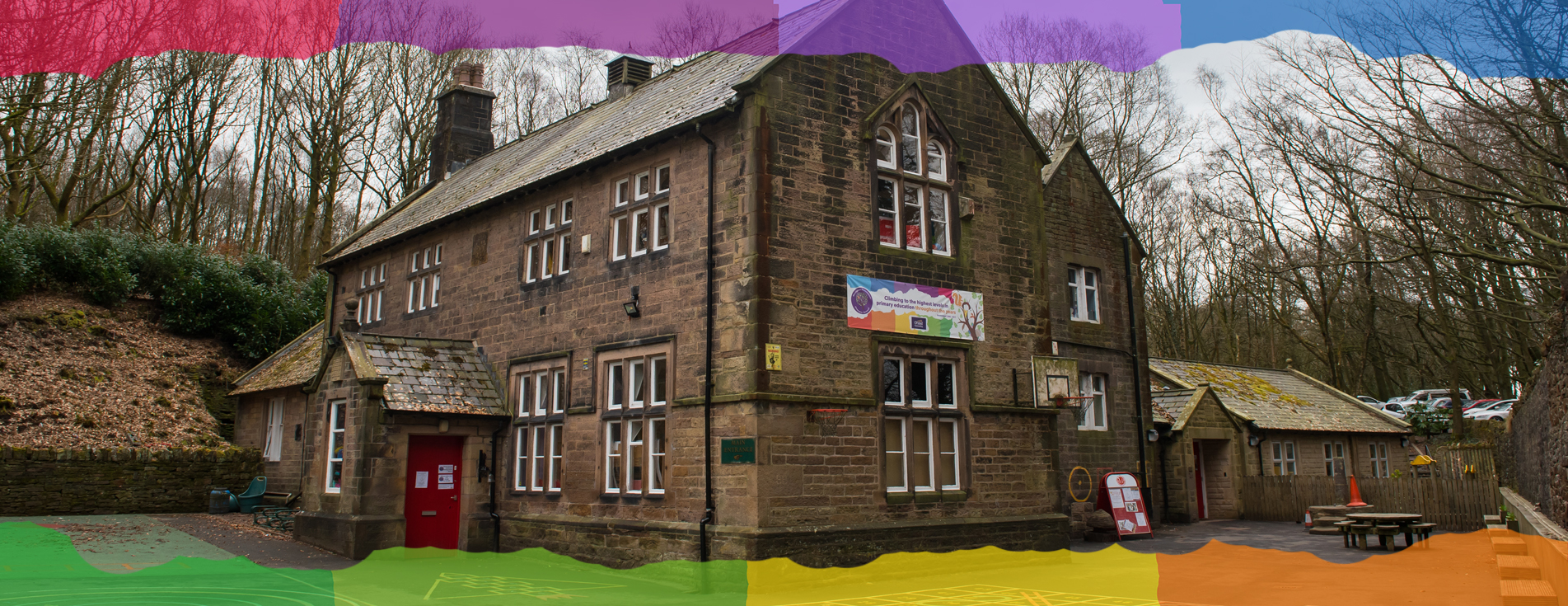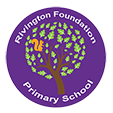
Child on Child Abuse
Unfortunately, child-on-child abuse can and does occur in a variety of settings that children attend, including online or away from school grounds, where it often goes unseen. Recognising the signs and knowing the appropriate response is essential, making training for professionals a priority.
For schools, the Department for Education offers detailed guidance on addressing situations where a child is sexually harassed or experiences sexual violence. This guidance builds on the principles outlined in ‘Keeping Children Safe in Education.’
At Rivington Foundation Primary School, we expect all staff to be familiar with and to actively implement this guidance. Staff should fully understand and apply our child protection policies—policies have no impact if they are not put into action. Child-on-child abuse is never to be accepted or dismissed as merely ‘children being children.’
We expect every staff member to know what steps to take if they encounter or are concerned about child-on-child abuse. They should be aware of whom to approach and what actions are necessary to ensure children’s safety.
Understanding Child-on-Child Abuse
Peer-on-peer abuse can take many forms, including but not limited to:
-
Bullying (cyberbullying, prejudice-based, and discriminatory bullying)
-
Physical abuse (e.g., hitting, kicking, shaking, biting, hair-pulling, or other harm, including online elements that facilitate or encourage abuse)
-
Emotional abuse (both online and offline)
-
Abuse in intimate peer relationships
-
Sexual violence and harassment
-
Forcing someone to engage in sexual activity without consent
-
Up-skirting, involving the non-consensual taking of images under a person’s clothing to humiliate or alarm
-
Sharing of nude and semi-nude images/videos (also known as sexting or youth-produced sexual imagery)
-
Initiation/hazing violence or rituals, including harassment or abuse as part of group initiation, which can also be facilitated online.
Child-on-Child Sexual Abuse
This abuse may include:
-
Abuse in personal intimate peer relationships
-
Up-skirting
-
Sexting (consensual and non-consensual sharing of explicit images/videos)
-
Forcing someone to engage in sexual activity without consent
-
Sexual violence, such as rape or assault by penetration
-
Sexual harassment, which can include sexual comments, jokes, or online harassment.
Appropriate Training and Regular Updates for Rivington Foundation Primary School Staff
All staff members are trained to maintain an attitude of ‘it could happen here,’ addressing inappropriate behaviour promptly to help prevent further abusive or violent behaviour. It is essential that our staff listen to victims and take reports seriously. Our regularly updated safeguarding training empowers staff to:
-
Understand their role in preventing peer-on-peer abuse
-
Identify abuse indicators
-
Take appropriate action if concerned about a child
-
Respond effectively to reports of abuse
-
Offer support to victims and alleged perpetrators
-
Recognize that children may abuse others both inside and outside of school and online
Staff are also trained to recognize that online abuse can take various forms, such as:
-
Abusive or misogynistic messages
-
Non-consensual sharing of indecent images/videos
-
Unwanted exposure to abusive images and pornography
Our staff are trained to challenge inappropriate and abusive behavior and understand that while reports may not be frequent, this does not mean abuse isn’t occurring. We acknowledge that girls are statistically more likely to be victims, and boys are more likely to be perpetrators.
Reporting Abuse
When handling allegations of peer-on-peer abuse, we adhere to our school’s safeguarding policy and document incidents internally through CPOMS.
Our Safeguarding Partners Include:
-
Local (Lancashire, Bolton, Wigan) Children’s Social Care
-
Early Help Team (Lancashire, Bolton and Wigan)
-
Police Community Support Liaison Officer (PCSO)
-
Nurture Support Services
